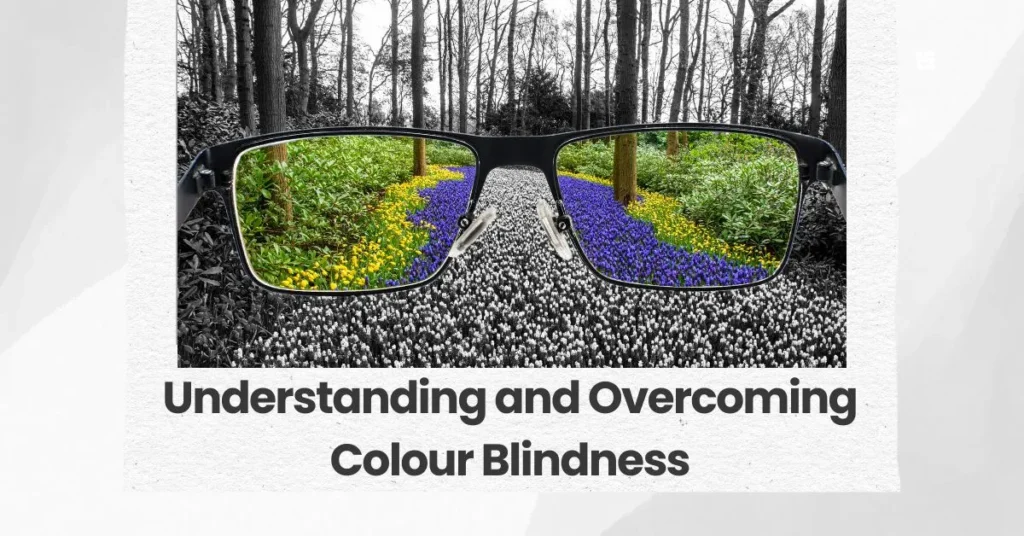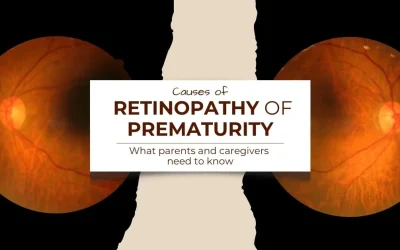Understanding and Overcoming Colour Blindness

Colour blindness, also known as colour vision deficiency, is a condition where an individual has difficulty distinguishing certain colours. This condition can significantly impact daily life, but with understanding and proper management, those affected can overcome many challenges. Let’s delve into the types, causes, and ways to manage colour blindness.
Types of Color Blindness
- Red-Green Color Blindness
- Protanopia: Difficulty distinguishing between red and green hues due to the absence or malfunction of red cone cells.
- Deuteranopia: Similar to protanopia, but due to the absence or malfunction of green cone cells.
- Blue-Yellow Color Blindness
- Tritanopia: Difficulty distinguishing between blue and yellow hues, caused by the absence or malfunction of blue cone cells. This type is less common.
- Complete Color Blindness (Achromatopsia)
- Individuals with this condition see no colours at all, only shades of grey. This is the rarest form of colour blindness.
Causes of Color Blindness

- Genetics: The most common cause, color blindness is usually inherited from parents and is linked to the X chromosome. This explains why it affects more males than females.
- Diseases: Certain diseases, such as diabetes, glaucoma, macular degeneration, and multiple sclerosis, can lead to colour blindness.
- Medications: Some medications, including certain high blood pressure drugs, antipsychotic medications, and chemotherapy treatments, can affect colour vision.
- Ageing: As people age, the ability to see colours can diminish.
- Exposure to Chemicals: Exposure to certain chemicals, such as carbon disulfide and fertilizers, can also cause colour blindness.
Managing Color Blindness
While there is no cure for genetic colour blindness, there are several ways to manage and compensate for the condition:
- Colour-Corrective Lenses: Special glasses and contact lenses are available that can enhance colour perception. Lenses are designed to improve colour vision for those with red-green colour blindness.
- Technology Aids: Various apps and digital tools can help those with colour blindness. For example, apps like Color Blind Pal and Chromatic Vision Simulator can help individuals identify colours and see the world as a person with normal colour vision would.
- Education and Adaptation: Learning to use cues other than colour, such as brightness and location, can help in navigating daily tasks. For instance, understanding traffic lights based on the position of the lights rather than their colour.
- Career Considerations: Some professions require normal colour vision (e.g., pilots, electricians). Those with colour blindness should seek career counselling to explore suitable job options.
- Support and Resources: Joining support groups and connecting with others who have colour blindness can provide valuable insights and coping strategies.

Conclusion
Colour blindness can pose challenges, but with the right tools and strategies, individuals can lead fulfilling lives. Advances in technology and greater awareness are making it easier than ever to manage this condition. By understanding the types, causes, and management options for colour blindness, individuals and their families can better navigate the world and make the most of their unique perspective
Book your appointment now for all eye-related services.
Your Vision Our Focus


